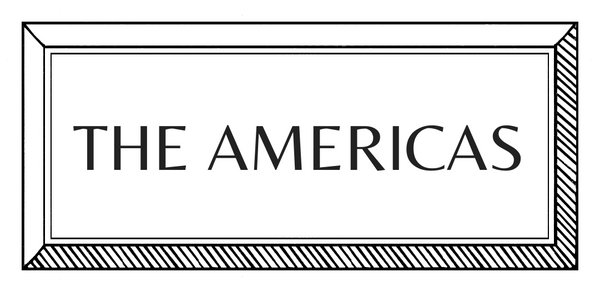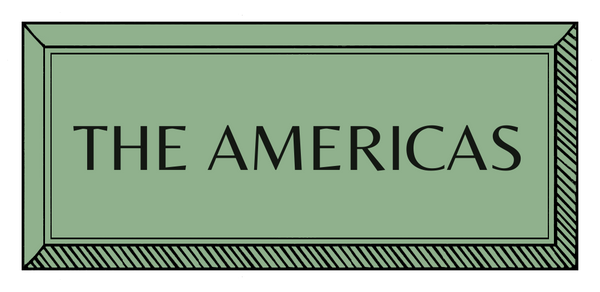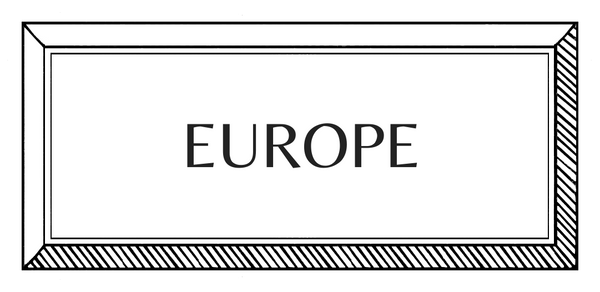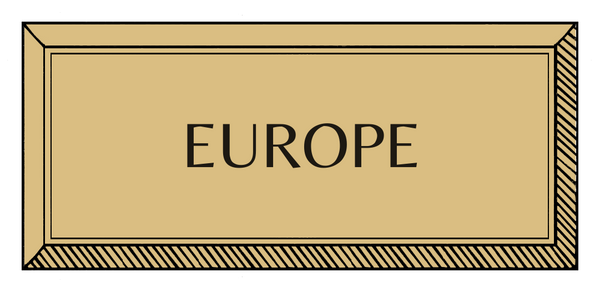MAKERS | EUROPE | ITALY | MULTI-MEDIA
Giovanni Bressana | Mural Artist

With a background in oil painting and a formative but austere apprenticeship, Giovanni Bressana approaches his craft with the fervour of a true vocation. Today, he is among the most sought-after fresco artists working in the field. His style shifts effortlessly across subjects and historical periods, a versatility honed through years of rigorous training, during which he tirelessly practiced exacting copies of the Old Masters and disciplined his hand to move with speed and precision. Among his recent commissions: the transformation of a salon at Rome’s Hotel de Russie into a romantic greenhouse through a masterful trompe l’oeil, and the sweeping, full-scale restoration of the iconic Hotel Splendido in Portofino.
How did you begin?
"I swear this story is absolutely true, though I’ve sometimes hesitated to tell it for fear no one would believe me. When I was a child, around eight, I had a dream in which a black horse came towards me. It was a pleasant dream, not a nightmare, and the next morning I asked my mother for some money, went to the paint shop, and when I got home, I painted the horse I had seen in my dream. That was my first painting, and I never stopped.
"Later on, at certain important moments in my career, other painted horses appeared again, and I’ve always taken it as an excellent omen. At 16, I was fortunate enough to find the right mentor. I had started working as a builder to pay for my studies at a private art school, but somehow, knowing I liked to work with my hands yet wanted something more, I went and knocked on the door of the best painter in town.
"I offered him money in exchange for a few lessons in his working method. He was moved by this and took me on as an apprentice, teaching me the foundations of everything I know. The rest I learned on my own, but the most important thing he passed on to me was a deep faith in the value of work—and the satisfaction of a job well done."

How did you learn?
"Starting work at a very young age, I learned almost everything on the job. Until around the age of 27, the discipline I imposed on myself in order to learn was nearly obsessive. I had specialized in oil painting and, as a form of training, I produced a great number of master copies. These were, of course, unsellable, but I was convinced (and still am) that working directly with the Great Masters would, over time, give me the technical confidence necessary to one day take artistic liberties of my own.
I was so focused on my subject that I would sometimes walk into a church just to study a painting, and as I stepped outside, I’d find myself looking at people as if they were brushstrokes of oil paint. My canvases gradually became larger – sometimes up to five metres – so much so that it became difficult to get them out of the studio. Eventually, I had to admit that painting alone was no longer enough. That’s when I turned to fresco, a medium far more immersive and three-dimensional than oil painting.
"Fresco is more demanding than oil because it forces you to work quickly, with no room for revisions. I moved from a world of introspective, slow, and contemplative painting (almost always Caravaggio-inspired compositions, built around chiaroscuro lighting I created in a special room of my studio) to something completely different: frescoes that are, by their very nature, luminous, watercolor-like, made in the style of 18th century.
"I began studying the treatises of Cellini and copying Veronese and Michelangelo on wooden panels I plastered myself at home. As soon as the paint dried, I would cover it with a new layer and paint over it again...always with the aim of developing a faster, more fluid hand."
How do you plan, prepare and create your works?
"The first step in any project is understanding what emotion the client wants the space to evoke. Of course, we usually discuss the style or the subject matter to be depicted, but the real question is: does the client want the room to express serenity? Opulence? Or something dreamlike? I enjoy site visits, because often the setting itself offers inspiration, allowing me to incorporate subtle details that reflect the geography and its character. Before a project is approved, I always provide a sketch, a rendering, and a moodboard (complete with a chosen colour palette and a collection of visual references).
"In some cases, I also create wall samples, especially when there’s uncertainty about whether to go with a weathered, timeworn patina or a cleaner, more refined finish. By the time the work begins, I know what I want to achieve, which means I can afford to improvise. I divide the wall (or ceiling) into four sections, then sketch the main figures (those that, by size or position, will determine the proportions of the composition).
"Everything that follows is done freehand, directly with the brush. I’ve worked for years with my assistant, Alessandro, but for truly ambitious projects (like the Hotel Splendido), I bring in as many as 15 people. At that point, the work stops being a purely manual craft and starts to resemble the role of a conductor leading an orchestra."

Who or what most inspires you?
"During the pandemic, I created a wallpaper design, later sold to a brand, centered around openings, verandas, and glimpses of distant views. Looking back, I realize I chose a subject that distills everything I find fascinating and meaningful about frescoes: that sense of dreamlike escape and connection to nature.
"I’m drawn to the idea that, in an increasingly digital and enclosed world, we can choose to surround ourselves with symbols of openness, vastness, or passageways to imaginary realms. And perhaps I’m exaggerating, but part of me truly believes that living in spaces that make us dream has a regenerative power. It awakens the childlike part of us and helps break the monotony of daily life.
"Looking to my spiritual predecessors, I’ve always admired the theatrical homes of Renzo Mongiardino, particularly what he did with corridors. These are spaces we cross in under a minute, yet they can transport us to other dimensions, and he knew how to exploit that to the fullest. I’ve heard he used to count the number of steps from one end of the corridor to the other, and with that number, decide the rhythm of the walls.
"Another important figure was the art critic Philippe Daverio. I was working on the frescoes in his home, and almost every morning we would have coffee together. One day, he said to me: “You’re a beautiful photocopier.” The comment stung, but it also pushed me to distance myself more from strictly historical styles, and begin introducing touches that were more personal. That said, the great masters of the past remain an unparalleled source of knowledge. If I had to name one, I’d say Tiepolo.
"More recently, I’ve found myself drawn even further back in time, rediscovering the 15th Century. One new habit of mine is inserting tiny, surreal animals into my tapestries or painted forests, creatures like the ones you can find in a Bosch painting."

What does a typical day look like?
"I travel a lot, around 30 trips a year, often outside Europe. I’ve just returned from a project in China and I’m now preparing for a fair in the Emirates, but the truth is, I enjoy being constantly on the move. If I had to imagine a more grounded project for the future, I’d love to open a free art academy in Brescia – somewhere to give back the great gift I myself, somewhat by chance, received as a teenager... the idea that if you’re passionate and committed enough, anything is possible.
"Unfortunately, in the area where I grew up, there’s still a great deal of prejudice around pursuing a career in art. Both schools and parents tend to see it as a path with no real prospects. I remember, when I was just starting out, the hardest part was confronting the giants, or at least, that’s how they seemed to me: the architecture firms that had the power to commission projects, the wealthy clients willing to invest...
"What I’d really love is to create a community where young students are, first and foremost, given a deep sense of confidence in themselves."
One more thing... An Artist you’d collect if you could?
"Damien Hirst, for his ability to joke with the viewer. And I also like the presence of animals in his work."
Interview by Sara Pierdonà
Images from Giovanni Bressana


















































